🔧 Introduction: Why Fastening Matters More Than You Think
Fastening is the foundation of safe, stable, and enduring construction across industries — from automotive to aerospace, home improvement to heavy manufacturing. As demands rise for speed and precision, professionals must ramset mastershot fastening techniques. Whether you're a seasoned technician or a hands-on DIYer, these 10 pro tips will help you fasten faster, better, and with more confidence.
✅ 10 Pro Tips for Faster & More Accurate Fastening
1. Choose the Right Tool for the Job
🛠️ Why it matters: Using the wrong driver, wrench, or torque tool leads to poor results or material damage.
Pro Tip: Invest in a quality cordless impact driver for speed, and keep manual backups for precision work.
2. Pre-Select and Organize Fasteners
📦 Speed Boost: Having screws, bolts, washers, and anchors sorted before you start saves serious time.
Pro Tip: Use labeled bins or magnetic trays to prevent mix-ups and mid-project delays.
3. Pre-Drill for Consistency
🌀 Why pre-drilling rules: Reduces wood splitting and ensures a tighter, straighter fit — especially for hardwoods and metals.
Pro Tip: Use drill bit guides or templates to maintain hole uniformity.
4. Use Thread Lockers Wisely
🧪 Secure Your Success: In high-vibration settings (like machinery or vehicles), thread lockers prevent loosening.
Pro Tip: Use removable (blue) threadlocker for projects requiring future disassembly.
5. Mind Your Torque Settings
📏 Precision Wins: Over-tightening can damage threads; under-tightening can compromise safety.
Pro Tip: Use a calibrated torque wrench and follow manufacturer recommendations.
6. Understand Material Behavior
📚 Material Matters: Fastening into wood, drywall, metal, or plastic each requires a different strategy.
Pro Tip: Pilot holes in wood, anchors in drywall, thread-tapping for metal, and insert nuts in plastic give the best results.
7. Double-Check Alignment
📐 Avoid Wasted Time: Misaligned components mean rework, weakening joints, and frustration.
Pro Tip: Use clamps, guides, or jigs to hold parts in place before driving fasteners.
8. Stay Sharp — Literally
🔪 Tool Maintenance = Speed: Dull drill bits and worn screw tips slow you down and reduce accuracy.
Pro Tip: Sharpen or replace bits regularly, especially after heavy use or hitting hard materials.
9. Leverage Smart Tech
📱 Next-Gen Fastening: Some modern fastening tools now include digital torque readings or auto-stops.
Pro Tip: Invest in smart tools if you're in a high-precision or volume-based operation.
10. Practice Efficient Ergonomics
💪 Less Strain = More Speed: Awkward positions reduce both speed and precision.
Pro Tip: Set up a clean, organized, well-lit workstation with height-adjustable benches.
📌 Key Takeaways
TipBenefitUse the right toolsSpeed & accuracyOrganize fastenersAvoid delaysPre-drillPrevent splittingUse thread lockersLonger-lasting holdApply correct torquePrevent damageKnow your materialsBetter fastening qualityCheck alignmentPrevent reworkMaintain sharp toolsImprove efficiencyUse smart techPrecision & automationApply ergonomic methodsFaster, safer work
🧠 Conclusion: Fastening Is a Skill—Master It Like a Pro
Whether building a cabinet or assembling a drone, fastening is more than just screwing parts together — it's about efficiency, consistency, and structural integrity. By following these expert tips, you'll elevate your craftsmanship and reduce costly mistakes. Remember, the tools and methods you choose today will shape the strength and reliability of your projects tomorrow.
❓FAQs About Fastening
Q1. What’s the best tool for fast but reliable fastening?
A cordless impact driver is ideal for most scenarios — it's fast and delivers enough torque for tough jobs.
Q2. How do I prevent over-tightening?
Use a torque wrench with calibrated settings. Always follow the manufacturer's torque specs for specific fasteners.
Q3. Is pre-drilling always necessary?
Not always, but for hardwoods, metals, or projects requiring precise alignment, it's highly recommended.
Q4. Can I reuse thread-locker fasteners?
Yes, if you use removable (blue) threadlocker. Avoid permanent (red) types unless you're sure no future removal is needed.
Q5. How do I speed up large-volume fastening projects?
Organize your workstation, use electric or pneumatic tools, and implement batching strategies to handle materials efficiently.


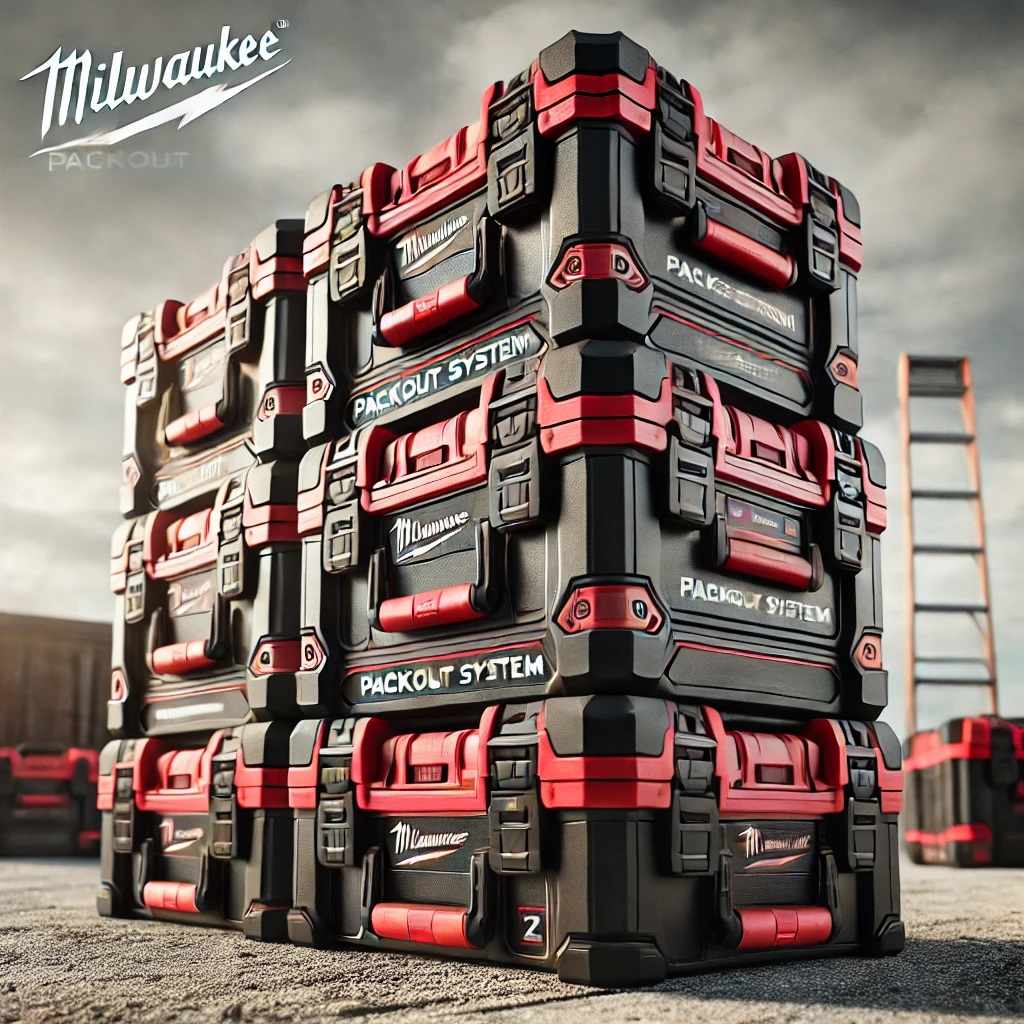
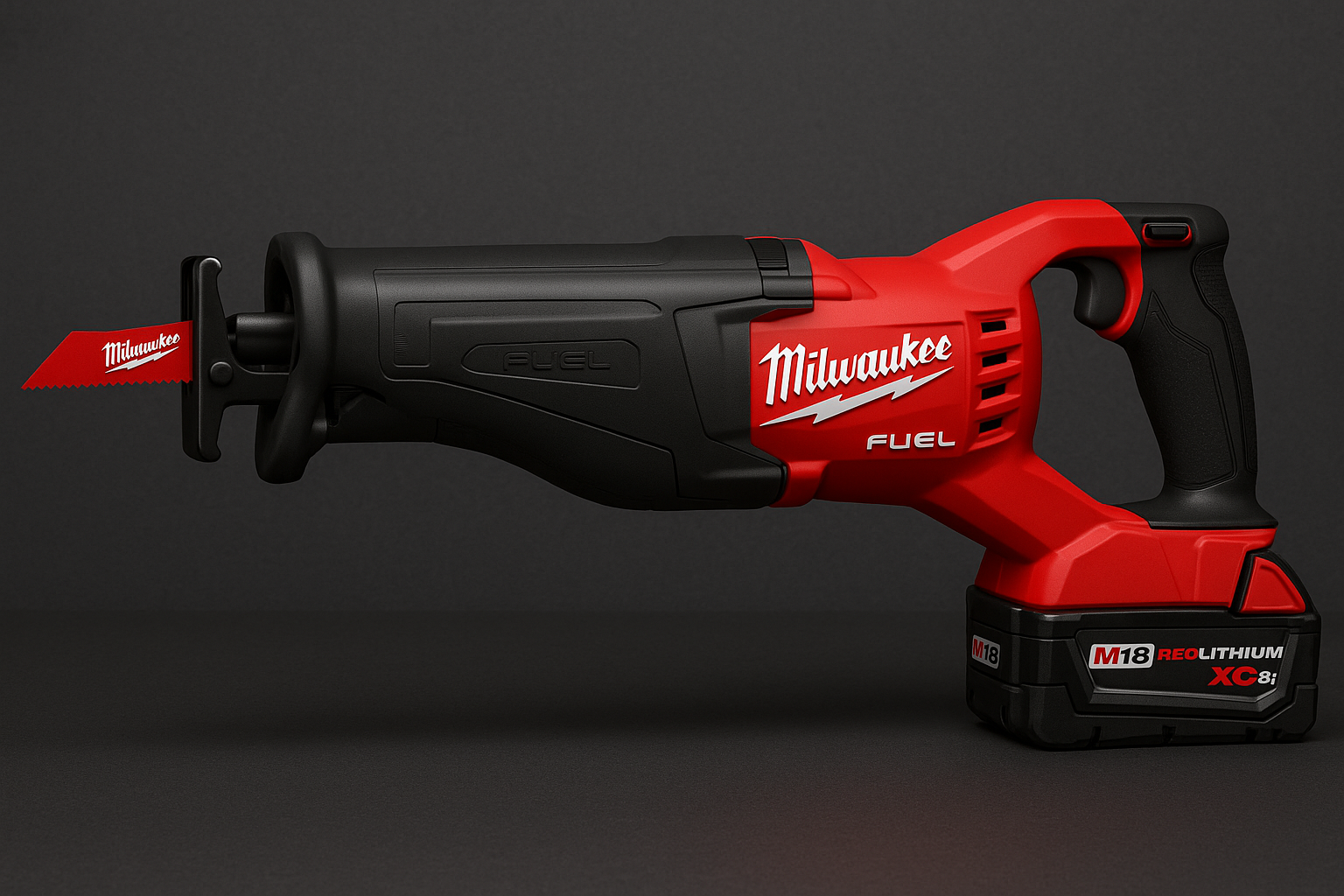
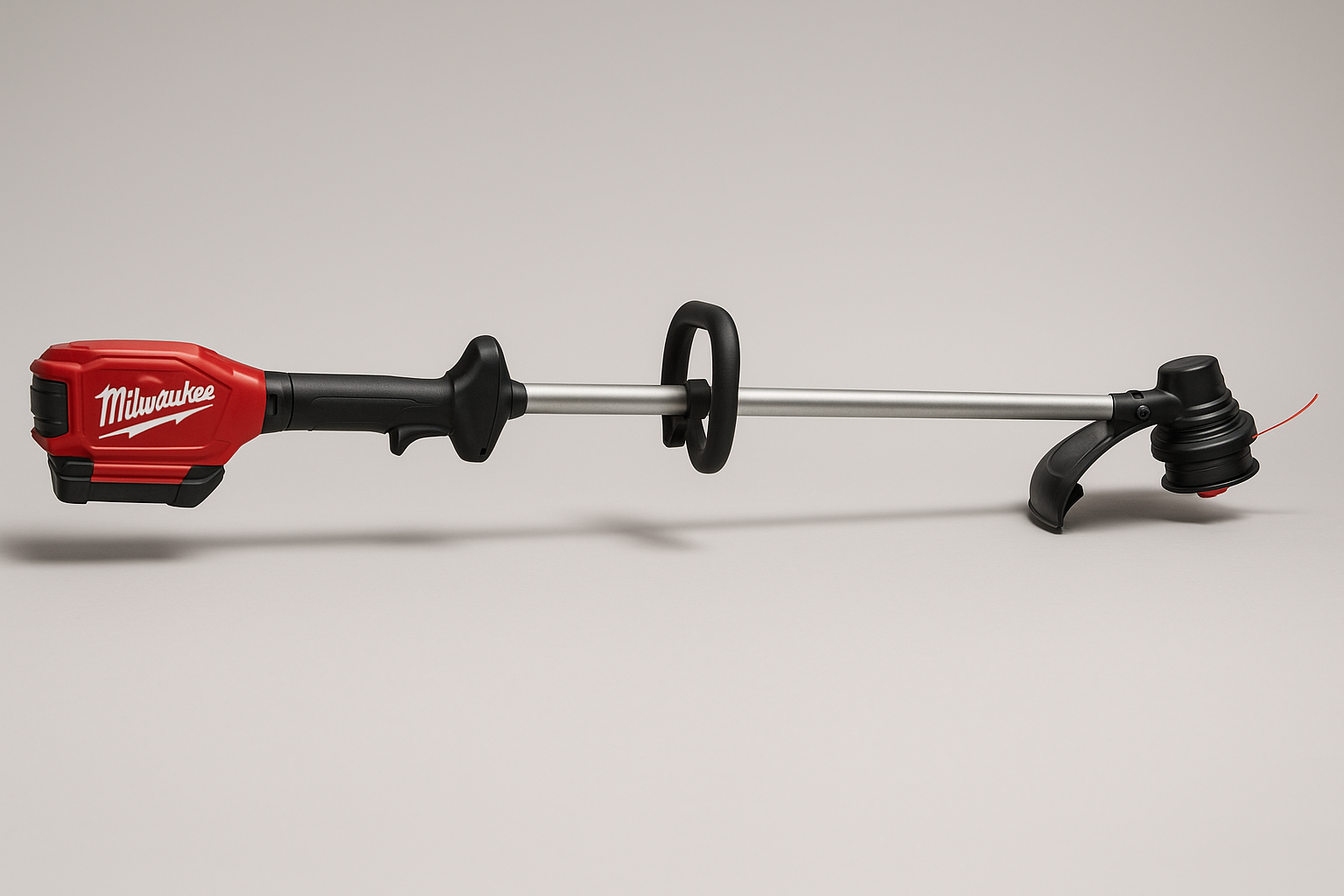
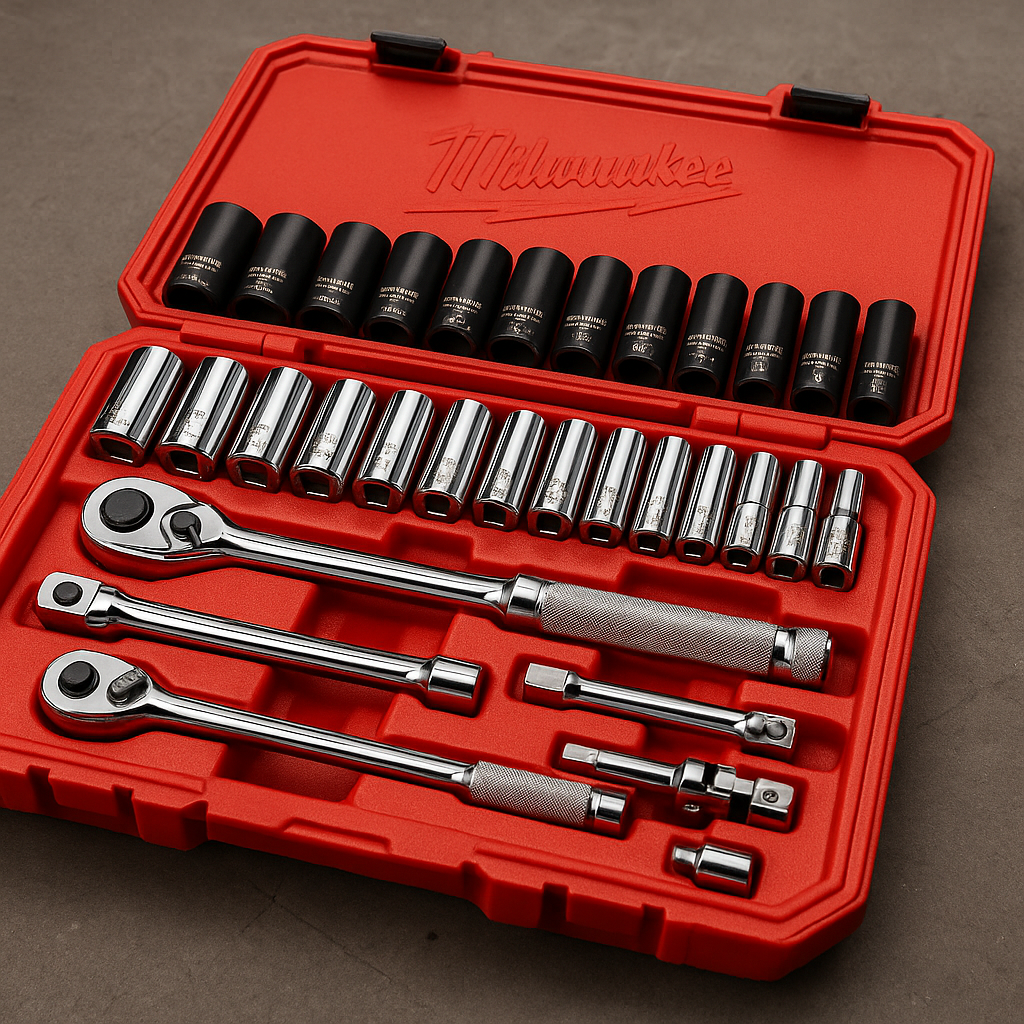
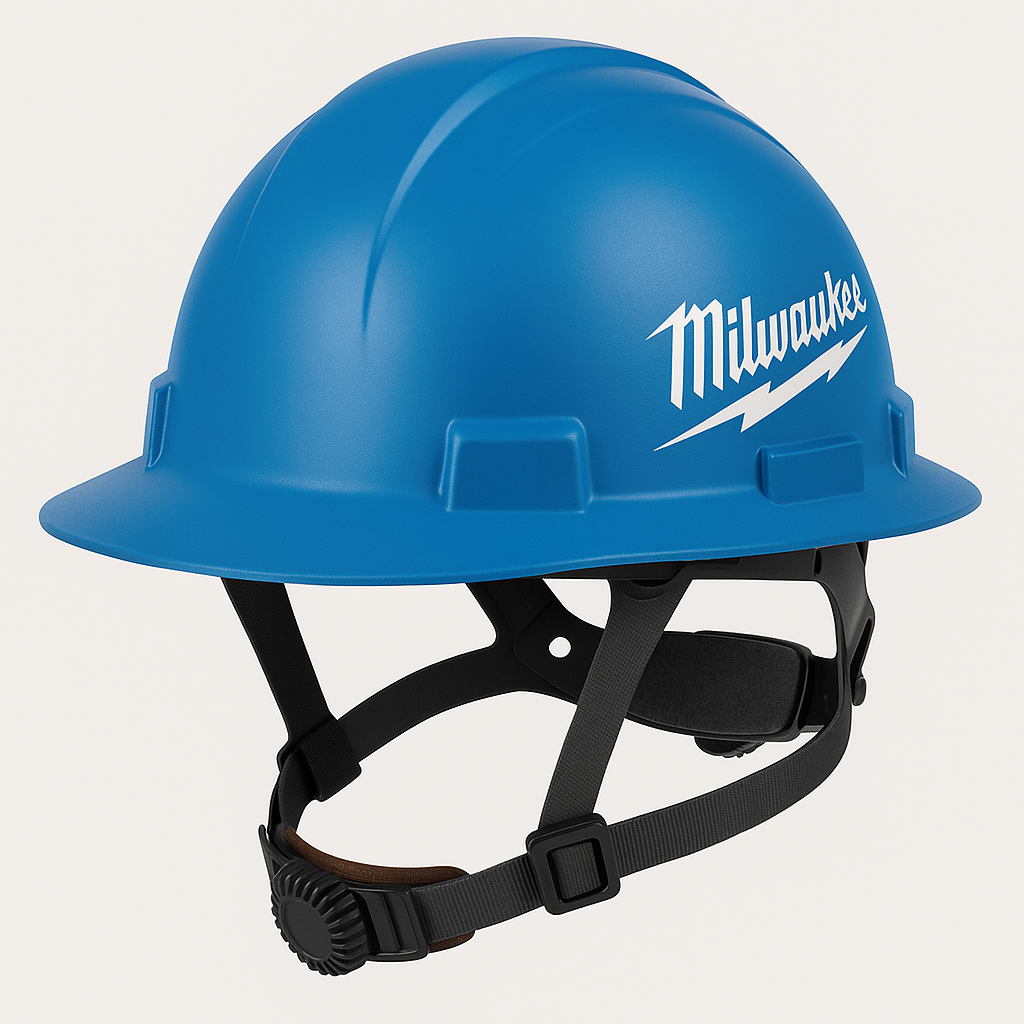




Write a comment ...